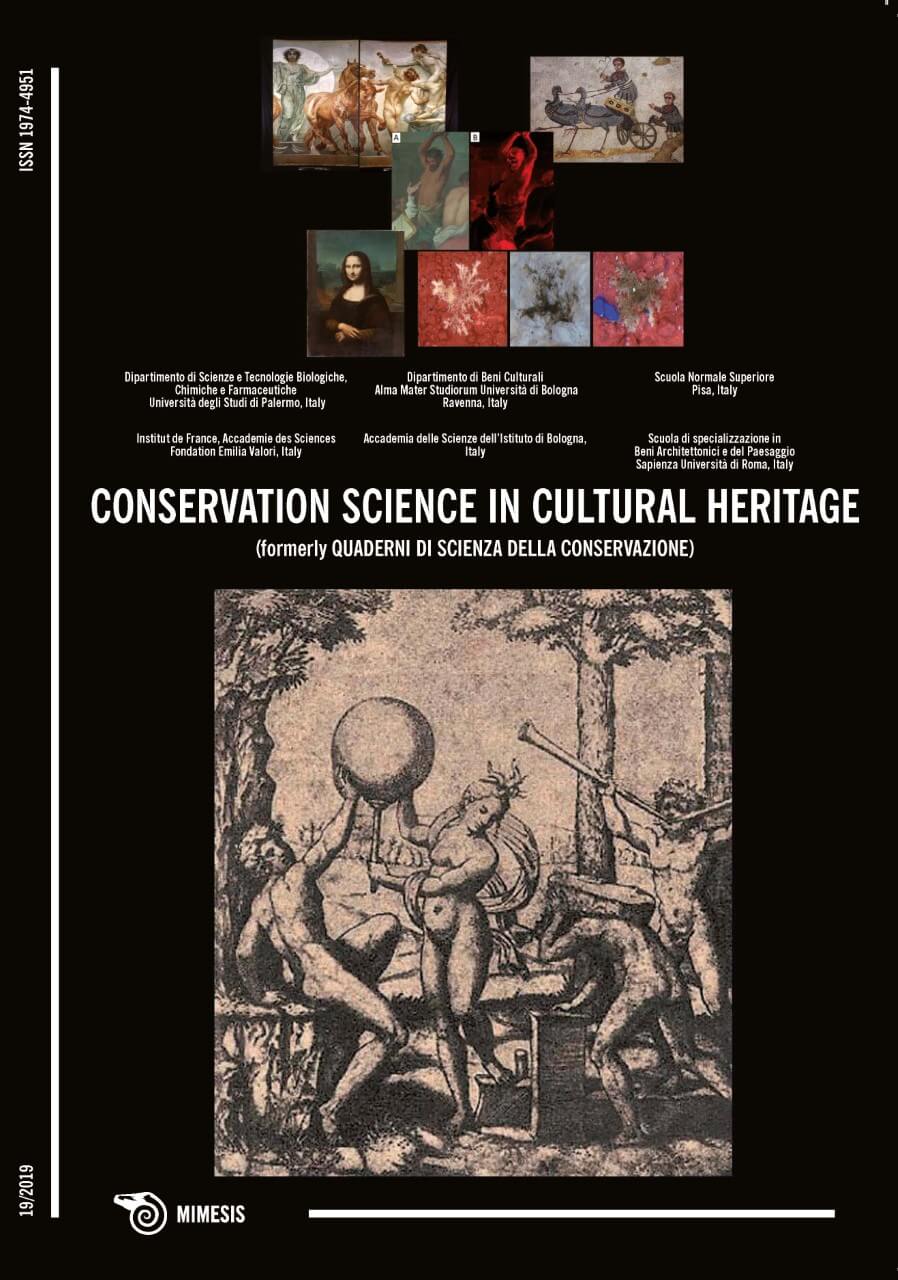The Different Possibilities of Evaluating a Work of Art: Case Study of the Mona Lisa
DOI:
https://doi.org/10.6092/issn.1973-9494/9990Keywords:
evaluating, work of art, Mona Lisa, researchAbstract
The topic of attribution and authentication of works of art is a well known one, and is currently the subject of heated debate. What must be highlighted is the importance of the terminology used to distinguish the different degrees of certainty within the system of art work attribution, and in the context of the different possibilities of evaluating a work of art. It is also necessary to integrate historical-humanistic and technical-experimental skills which should necessarily lead to a subjective and objective evaluation in order to arrive at a univocal scientific truth. As an emblematic case, also owing to the uniqueness of the work, the Mona Lisa, prototype of the Renaissance genius of Leonardo da Vinci, is examined. At the same time, the versions and copies of the Mona Lisa are also studied, basing the examination on in-depth archival and bibliographic research, and taking into account the results of the historical-artistic and technical-material analyses from a methodological point of view.Downloads
Published
2020-03-18
How to Cite
Lorusso, S., Braida, A. M., & Natali, A. (2019). The Different Possibilities of Evaluating a Work of Art: Case Study of the Mona Lisa. Conservation Science in Cultural Heritage, 19(1), 307–326. https://doi.org/10.6092/issn.1973-9494/9990
Issue
Section
Articles
License
Copyright (c) 2019 Salvatore Lorusso, Angela M. Braida, Andrea Natali
Copyrights and publishing rights of all the texts on this journal belong to the respective authors without restrictions. Authors grant the journal right of first publication.
This journal is licensed under a Creative Commons Attribution 4.0 International License (full legal code).
See also our Open Access Policy.






